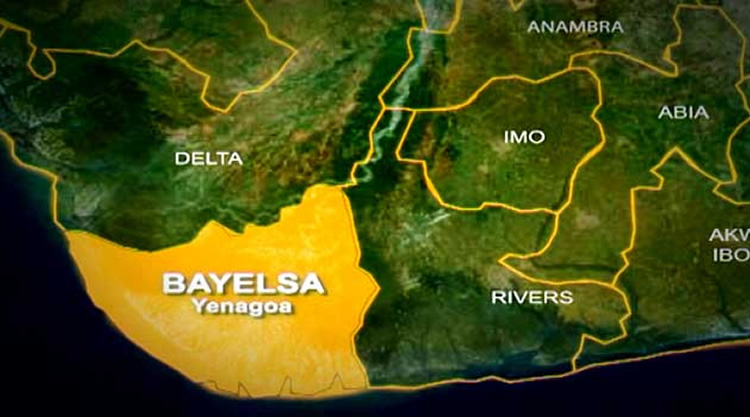The U.S. National Transportation Safety Board (NTSB) has released its final report on the helicopter crash that killed Herbert Wigwe, former group chief executive officer of Access Holdings Plc, along with his family and others.
According to the report, the crash which claimed the lives of Wigwe, his wife, Doreen; their first son, Chizi; and Abimbola Ogunbanjo, the former group chairman of Nigerian Exchange Group Plc (NGX Group), has been attributed to a combination of pilot disorientation and the helicopter company’s negligence.
The incident, which occurred on February 9, 2024, near the Nevada border in California, resulted in the death of all six passengers aboard the helicopter registered N130CZ.
ATTENTION: Click “HERE” to join our WhatsApp group and receive News updates directly on your WhatsApp!
READ ALSO: Herbert Wigwe: Access Bank Appoints Bolaji Agbede as New CEO
The NTSB’s report found that the primary cause of the crash was the pilot’s decision to continue the flight under visual flight rules (VFR) despite encountering instrument meteorological conditions (IMC).
The reports stated that this decision led to the pilot becoming spatially disoriented and ultimately losing control of the aircraft, which crashed into the terrain.
According to the NTSB, the pilot was likely affected by spatial disorientation, which occurs when the pilot’s sense of direction is compromised due to limited visibility, commonly resulting in a loss of control.
The report emphasized that the pilot’s inability to navigate effectively in these conditions was a significant factor in the fatal accident.
In addition to the pilot’s decision, the report also cited severe deficiencies in the company’s oversight and safety management processes.
The NTSB found that the helicopter company failed to ensure pilots followed essential safety procedures, including the accurate completion and updating of flight risk assessments and the proper logging of maintenance discrepancies.
Further details from the report revealed that during the flight, the pilot had communicated with the company’s Director of Maintenance (DOM) about an issue with the radar altimeter, which remained non-functional despite attempts to fix it.
The NTSB also revealed that after arriving at the airport to pick up the passengers, the pilot and a company flight follower engaged in a phone conversation but failed to discuss the status of the radar altimeter or the current weather conditions, both of which could have impacted the flight’s safety.
The report said: “The probable cause of this accident was the pilot’s decision to continue the flight into IMC, which led to spatial disorientation and the loss of control of the aircraft.
“Contributing factors include the company’s inadequate oversight of safety management, failure to ensure proper documentation, and the non-functioning radar altimeter.
“During the return flight, the pilot texted the director of maintenance (DOM) about the issue. After arriving at the company’s flight operations base, the pilot discussed the issue with the company flight follower (who was also the company’s president).
“A company mechanic performed some troubleshooting on the radar altimeter; however, he was unable to rectify the issue, and the radar altimeter remained non-functional.
“The mechanic reported that the pilot and the DOM were aware that the radar altimeter was not functioning, yet they departed at 1822 on the positioning flight to pick up the passengers.
“About 40 minutes later, the positioning flight landed at the airport to pick up the charter passengers. After arrival, the pilot and flight follower had a phone conversation and exchanged text messages, but they did not discuss the status of the radar altimeter or weather conditions.”















Leave a comment